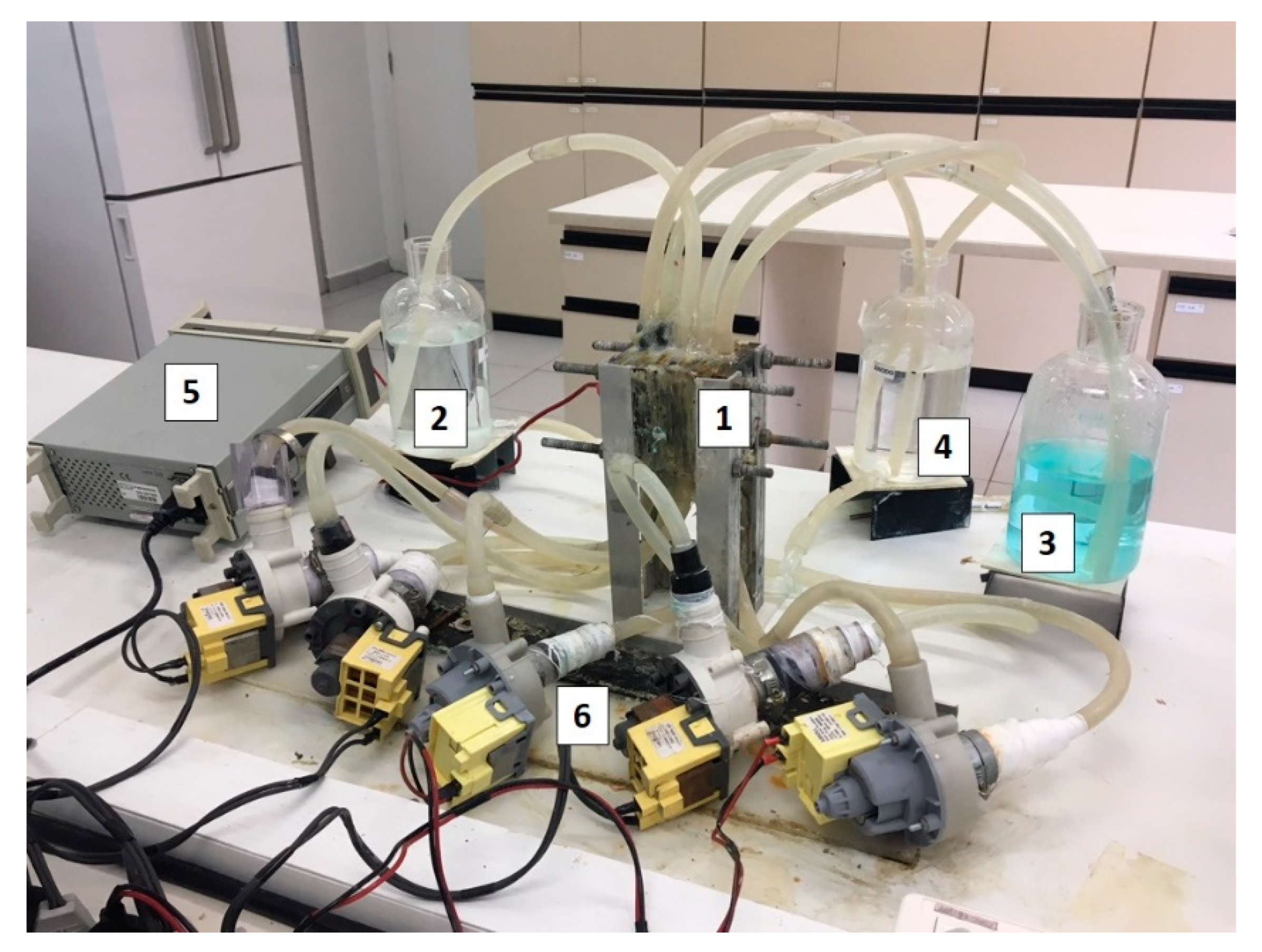

6017) pdf icon -NMAM sampling and analysis of contaminants in workplace air, and in the blood and urine of workers who are occupationally exposed. 6010) pdf icon -NMAM sampling and analysis of contaminants in workplace air, and in the blood and urine of workers who are occupationally exposed. Immediately Dangerous to Life or Health (IDLH) Value Profile: Hydrogen Cyanide -NIOSH reviews relevant scientific data and researches methods for developing IDLH values.NIOSHTIC-2 search results for hydrogen cyanide-NIOSHTIC-2 is a searchable database of worker safety and health publications, documents, grant reports, and journal articles supported in whole or in part by NIOSH.Useful search terms for hydrogen cyanide include “formonitrile,” “hydrocyanic acid,” and “prussic acid.” NIOSH Chemical Resources The following resources provide information about occupational exposure to hydrogen cyanide. Visit NIOSH’s page on Managing Chemical Safety in the Workplace to learn more about controlling chemical workplace exposures.

NIOSH recommends that employers use the Hierarchy of Controls to prevent injuries. If you work in an industry that uses hydrogen cyanide, please read chemical labels and the accompanying Safety Data Sheets for hazard information.

Hydrogen cyanide may be used in the workplace for fumigation, electroplating, mining, chemical synthesis, and the production of synthetic fibers, plastics, dyes, and pesticides. Some examples of workers at risk of being exposed to hydrogen cyanide include the following: The level of exposure depends upon the dose, duration, and work being done. Hydrogen cyanide interferes with the body’s use of oxygen and may cause harm to the brain, heart, blood vessels, and lungs. Exposure can be fatal. Workers may be harmed from exposure to hydrogen cyanide. Hydrogen cyanide (HCN) is a colorless or pale-blue liquid or gas with a bitter, almond-like odor.


 0 kommentar(er)
0 kommentar(er)
